Every year I sit alone with a wolf. The wolf doesn’t agree to this, as I catch it as part of a research program on wolves in Yellowstone National Park. The wolf is sedated, but we still sit together, alone, looking out at the great park.
I cherish these moments. The quiet beauty all around and the wolf’s presence; it almost seems as if the wolf is talking to me. A look into wolf eyes will make you think deeply about life. The incessant, drowning-out noise of humanity gets turned off.
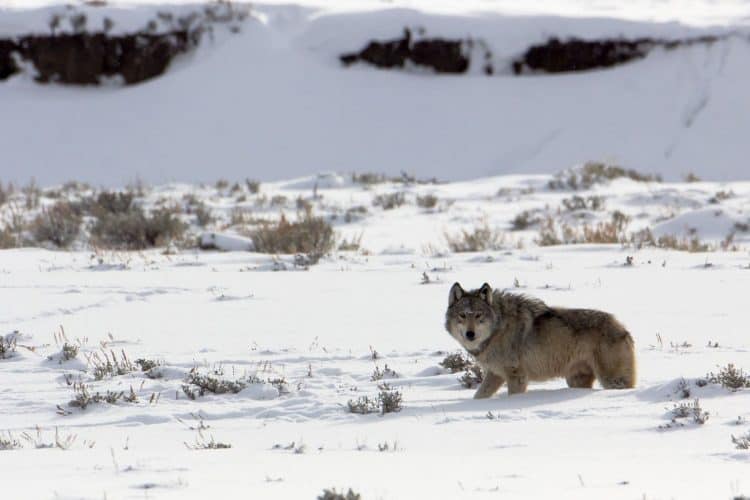
I strain to understand what this life might be like. One time, when others were boarding the helicopter to fly out, leaving me alone with a wolf, I said: “If you don’t come back it’s okay. Leave me here forever with the wolf.”
I was hired to restore wolves to Yellowstone in 1994, after they had been eradicated early in the 20th century. I am still at it, although they have recovered, and I mostly study them now.
Doing this, I have caught so many wolves that I cannot remember if I sat alone with wolf 911. For the purposes of this story I will say I did. I also can’t remember what those eyes said to me, but I do remember what happened afterward. This is his story, probably not unlike that of many wolves.
In one respect, male 911 (they are numbered sequentially as we catch them here and across Wyoming) was lucky. Wolves are heavily persecuted in most places where they live, and 911 was born in Yellowstone, where he was protected. Protected from people, but not necessarily from life. But I’ll get to that in a bit.
He was born in April 2010 to the Blacktail pack with five other pups. If it was a typical litter, several of these pups would die that first summer. 911 made it, however, and matured quickly, as most wolves do. Once grown, most male wolves leave their pack. When varies. 911 left as a yearling.
Leaving is risky because dispersing wolves die at a higher rate than others, but the payoff can be worth it — finding a mate, starting a pack, fathering pups. He found a female and formed a pair; he helped start a new pack called the Junction Butte pack. We usually name packs after a geographic feature within their territory.

After some back-and-forth (he returned to his natal pack for unknown reasons), he led his pack for several years, a good run by wolf standards. Most wolves die by age 5 or 6 in Yellowstone, outside of parks even earlier, so two to three years leading is typical. People are surprised by how short a life wolves have, but they evolved this way and compensate by having many offspring.
By all appearances, 911 was a strong leader. He did not lead alone, however. His mate, female 970, led with him, and he probably deferred to her, as most male wolves do. Research suggests that the females ultimately run the show, though the subtlety of wolf behavior makes it hard to know for sure.
That first year, 911 bred with 970, but two other males also bred with her, a rare event as most wolves are monogamous. Two other females produced pups, and all together they had 12pups; eight of them survived. This is a bumper crop of pups. Usually, three or four pups per pack survive with one female breeding, but with three litters, more pups made it. It is hard to know whether any of these surviving pups were 911’s, but some probably were.
The next year he had no surviving pups. Three females had pups in the pack — again rare for wolves — and his mate, 970, denned alone away from the other females. She died, and all of their pups died, too. This was just the beginning of his troubles.
That April 2016, when 911 was 6, he began looking bad. He lost weight and started to limp. He was not always with the pack, and his fur looked ratty. His condition worsened over the summer.
By September, he was in terrible shape. Split off again from his pack, he found a cow elk in the Lamar River that had already been chased by another wolf pack. Elk are in their best shape of the year in September and hard to kill, usually requiring four or more wolves. Commonly when attacked, they run to water; it can rebuff the wolves.
Why 911 decided to attack this elk, alone, is unknown. He was in no shape to do so, especially then, but no matter how much we study animals, their thinking will forever be a mystery. Driven by forces that have evolved over eons, he only knew forward — keep fighting. Survive.
Painfully, he went at the elk in the water. Soaked, he attacked her, grabbed at her hindquarters, neck. She threw him off. A small cluster of park visitors had gathered, and I later watched on film what happened. People were aghast, some were crying. Six times he attacked, resting in between lunges, water pouring off him and the elk. Finally, he got a fatal hold on her neck.
One observer, a veteran of thousands of hours of wolf observation, said 911’s attack on the elk was the most courageous and heroic thing he had ever witnessed.
Then the unthinkable happened. A rival pack wandered in — eight wolves. They saw the meal, and they saw that only one wolf defended it. Milling around, assessing the situation, intermittently feeding on the elk 911 had killed, the eight wolves took claim of the elk and carefully watched the sickly male. Then three of them broke for him — one was a young male and one of the others was the lead female. Then two more joined. He was clearly outnumbered. Together they lifted him into the air stretching him in an end-to-end pull.
There was no living through this. Sixty-six minutes after killing the elk alone, 911 was dead. The rivals dragged him around, ate the elk and left. No looking back, no remorse. They had killed a competitor and gotten a meal.
As we always do, we hiked in to necropsy him. He had lost 35 pounds since we had captured him. His condition indicated he was starving. His radio collar slipped off over his head. He had many wounds, old and new.
And as we normally do, we sent his skull to a taxidermist as the park has a wolf skull collection. Then our taxidermist called. What was it? 911’s jaw was broken in two, and it had been like that for months. You could see that the bone had tried to mend itself, flecks of bone around the break made it look swollen. The pain all summer must have been awful.
So what happened?
We surmised that 911 had gotten kicked by an elk or bison in April, hunting for his pack, and this kick broke his jaw. Getting kicked is common; we see it often, but usually the wolf bounces back. When his skull came back to the park and I held it in my hand, I was shaken, overcome by emotion. What would it have been like to live with this? What kind of pain was he in? How did he carry on for four months?
So each year I wait, wait for that time I get to sit alone with a wolf.
Those eyes. What would 911’s have said if I had looked into them on his last day? We can never know a thing like this. Just another life gone unnoted. This is all of nature, mostly unnoticed by humans. In a way, it’s uplifting. Just go on, get on with things, try hard, work hard, and if life does not go well, well it could go a lot worse with no one paying attention. No one at the end to give you comfort.
For us, it’s rarely that bad. I have things pretty good.
I have looked into a lot of wolf eyes and think I know some of their stories. You should think about them out there — unnoticed by all.
This article was written by Douglas W. Smith, senior wildlife biologist at Yellowstone National Park, and first published by The Washington Post on 1 June 2019.

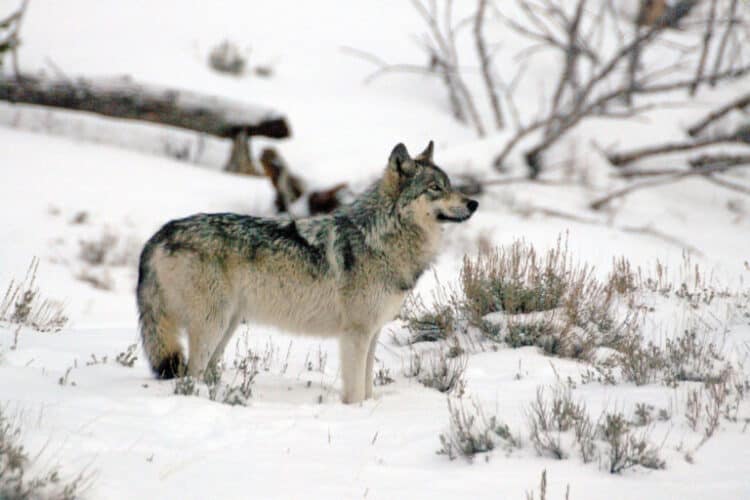
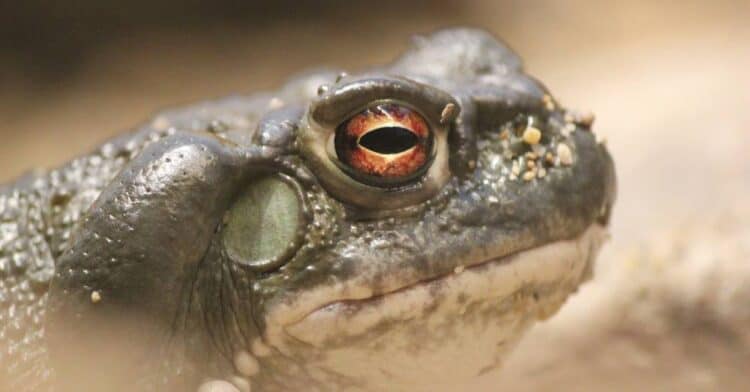

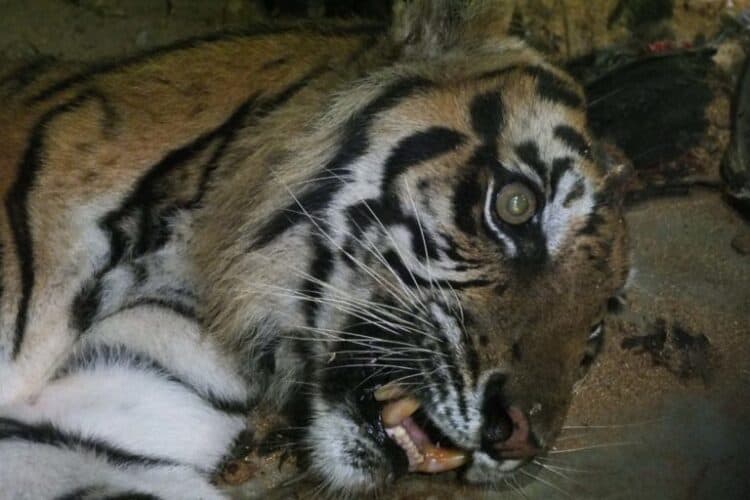
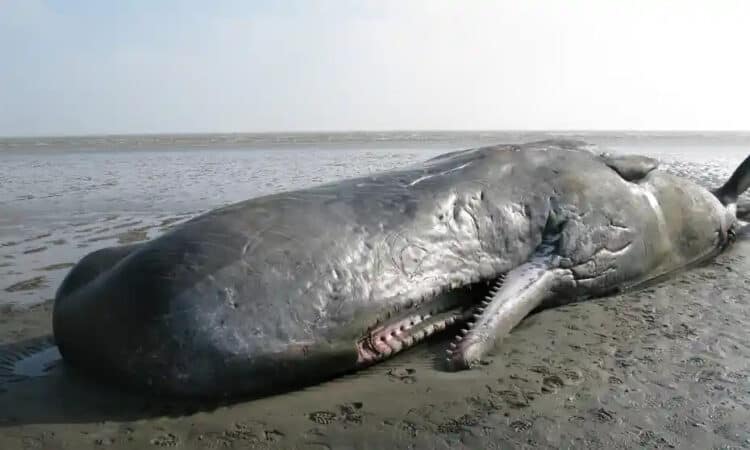
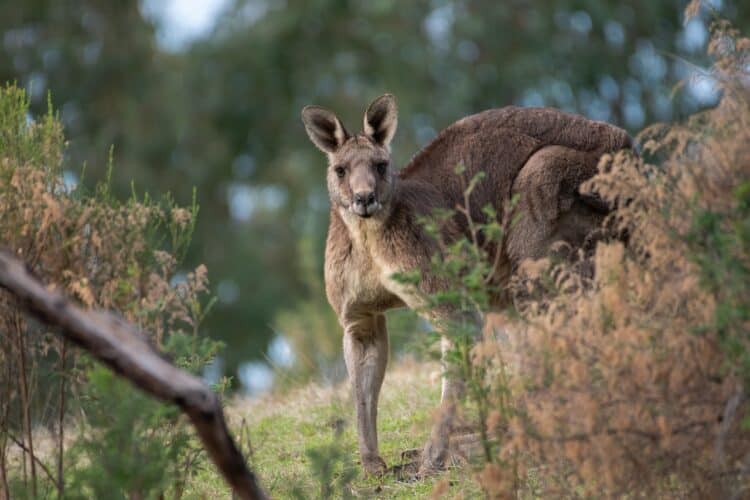
Leave a Reply